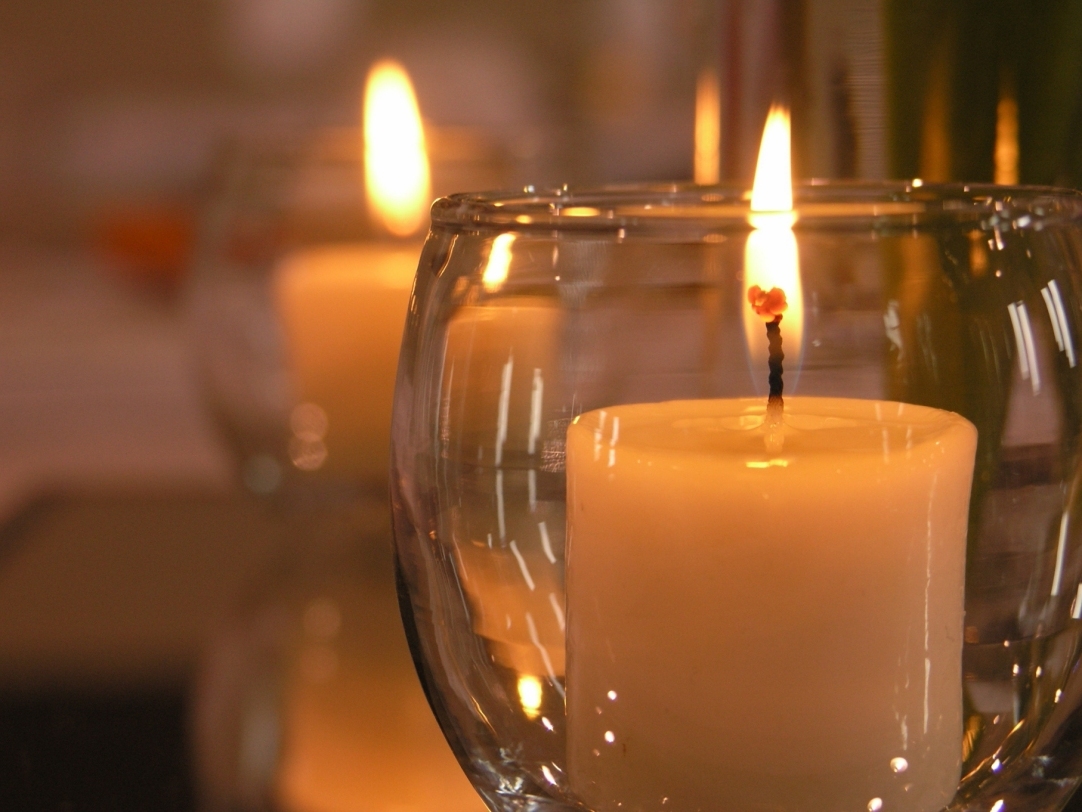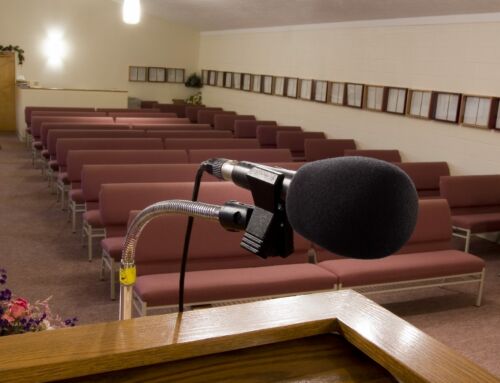The decision to spend special time with a deceased loved one gives the opportunity to see them in a peaceful state to say your final goodbyes.
People sometimes have difficulty making a decision regarding a viewing of the deceased as they are experiencing mixed feelings. They may be fearful as they have never seen a deceased person before, and they are concerned they will be disturbed by what they see, or will be embarrassed by becoming upset in front of others. On the other hand, they may be feeling a deep need to spend time with the deceased to say some final private words of farewell, and/or, come to a level of personal acceptance.
Spending time with a deceased loved one will result in a bereaved person having an experience that usually creates a strong memory. This can be a memory viewed positively or negatively, or both. However, the feelings that result from that memory may change over time.
The decision not to view a body can be equally difficult. It can result in feelings of regret at not seeing the person for the last time, or confirming the reality of their death. This is something that may be felt more often in cases of sudden death, due to the unexpected nature of the death, and therefore the feeling of unreality which is often associated with it.
Some people simply feel they have said their goodbyes at an earlier time, and do not have a need for spending any further time with the deceased.
Within a family there may be different views on whether to have a viewing of the deceased person. Some will find viewing helpful to find some amount of closure, but others, may find it distressing.
If children are to be present at a viewing, it is recommended to explain to them beforehand what is going to happen. Children’s experiences have to be managed with particular care, ensuring they are accompanied by an adult who will assist them to understand what they are seeing. A child’s perception of death is determined by their developmental age and experiences, and they are usually curious about death. They may ask many questions and these should be answered with simple explanations.
See the section ‘Grief Counselling – Helping Children Deal With Grief’ on our website for more information.
A viewing can be organised some days before the actual funeral service, usually at the funeral home, where a booking for a specified timeframe will be made. Alternatively, a viewing can be organised directly before the funeral service at the venue, either in a private room or at the front of the church or chapel. This is usually for a shorter period of time.
Some religions and cultures feel strongly about viewing the body as a form of respect, and there is often an open coffin during the funeral service. Make sure you clearly state your wishes to the funeral director.
Most often a body in death looks the same as their body did in life. Most funeral directors employ specialists in hair styling, make-up, and dressing, and in general making the body appear, as much as possible, as the deceased appeared in life.
However, when someone dies suddenly, their body may look different to how the person looked when alive. This is particularly the case if their death was violent, or they had urgent medical intervention such as a major operation prior to death. In these circumstances, it is wise to ask the funeral director for guidance. If you feel it would be helpful, ask for details of any changes in order to assist you to make the decision to view the deceased or not.
You may not want to be told about any changes to the body and may not want to view the body. In this case, it might be preferable to spend some quiet reflective time with the deceased, with the coffin closed. In this way you can remember the person how they were in life, and not have this memory intruded upon in any way.
Consult the funeral director if you would like to personalise this time by placing photos or treasured belongings in the room and/or the coffin. Other ideas to consider are lighting candles, placing flowers or quietly playing the deceased’s favourite music. You will usually be able to touch and stroke the deceased however, they will feel quite cold.
Ask the funeral director for information about –
- What will the room look like and will any funeral home staff be present, or will you be left alone?
- How much time has been allowed for you to stay with the deceased.
- Will it be possible to touch the body?
- Will parts of the body be covered because they are too damaged?
If more than one person wants to view the body, have conversations with these people about whether they want to do the viewing on their own or together. It is also important to consider what you are going to do after viewing the body. It can be helpful to spend time with people you trust and know, who will offer quiet support.
If you require the services of a Funeral Director, please use our Business Search facility here.






